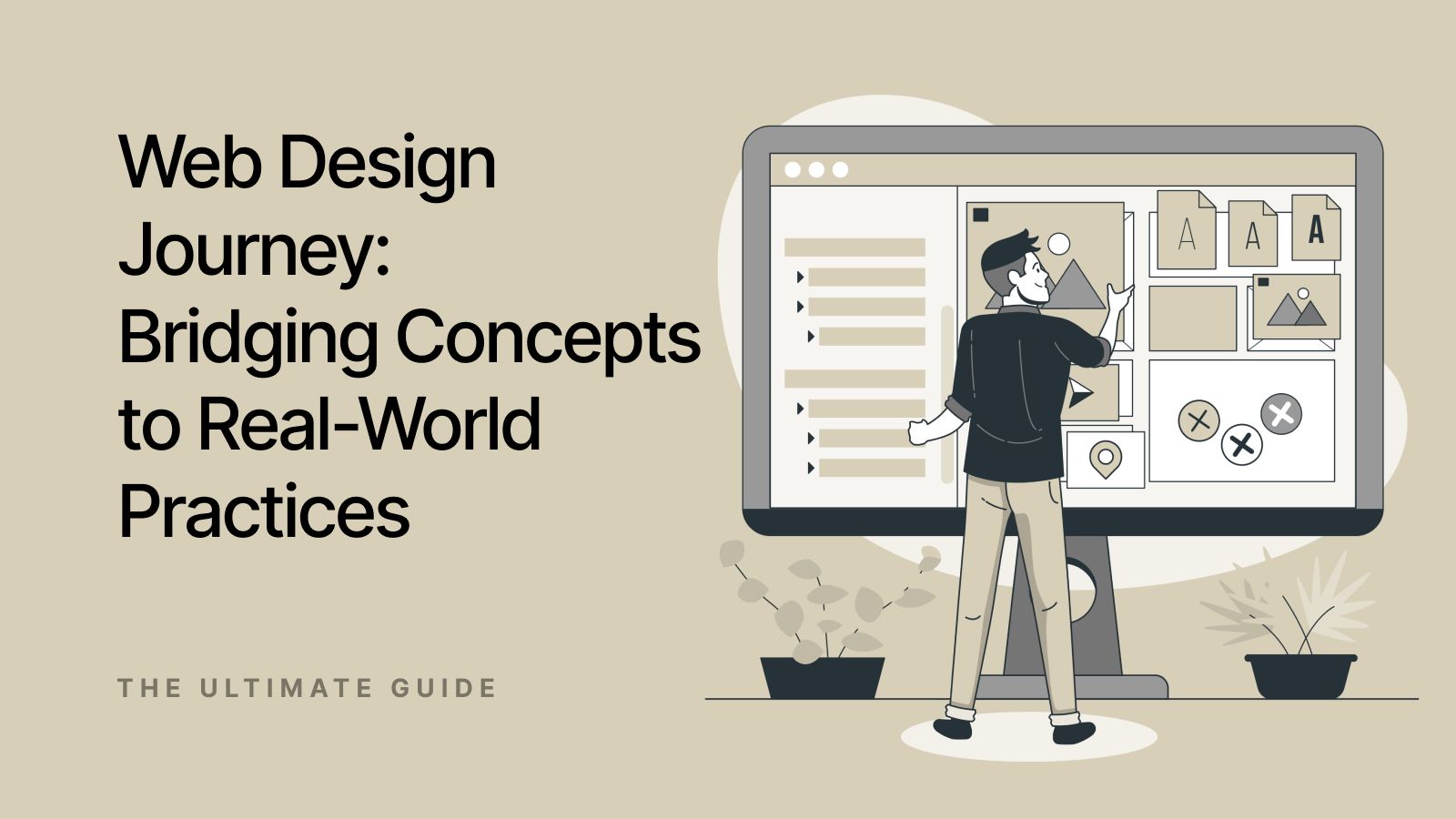Introduction to Practical Web Design
In the ever-evolving realm of digital landscapes, web design stands as a critical skill set that marries creativity with functionality. For those beginning their journey in web design, the advice is clear and time-tested: start small but start practically. This approach not only sets a manageable trajectory but also embeds a rich learning experience that is both rewarding and instructive.
The First Step: Engaging with Real Projects
The ancient Chinese proverb, "The journey of a thousand li begins with the first step," perfectly encapsulates the essence of beginning with practical web design projects. Initiating your design career does not require the orchestration of a large-scale, complex website. On the contrary, it is more advantageous to select a project with a smaller scope but significant potential—like a business card website or a landing page. This strategy is not only more achievable but also offers a focused arena to apply and enhance your skills.
Creating a project that holds personal or professional significance magnifies its value. For instance, developing a portfolio website to showcase your achievements or a blog that revolves around your hobbies can provide substantial motivation. By using real content instead of placeholder text and generic stock images, you engage in a more authentic design process that teaches you to tailor web solutions to specific content needs, thereby enhancing both the utility and appeal of your website.
The Importance of Theoretical Foundation
While the practical application is crucial, the theoretical underpinnings of web design are equally important. Web design is an intricate field that combines elements of art and engineering, necessitating a solid understanding of its principles, standards, and techniques. These are the scaffolding that supports the creation of high-quality, effective web designs.
Investing time in reading professional blogs, following educational websites, and studying comprehensive guides enriches your understanding of web design. Such resources do more than instruct on tool selection or layout creation; they delve into the foundational theories that govern good design practices. Recognizing the importance of modular versus block layouts, for example, might seem trivial, but such knowledge allows for the design of more cohesive and user-friendly websites.
Web Design as a Universal Necessity
In today's digital age, the impact of web design is ubiquitous, influencing user experience across various platforms, including online gaming sites like 1Win. The design of a website can determine whether a visitor decides to stay or leave, making it crucial for not only capturing attention but also enhancing user engagement and satisfaction. Good web design ensures that all visitors, regardless of the platform or purpose of the visit, find the website accessible, intuitive, and engaging.
Advanced Techniques and Ongoing Learning
To truly excel in web design, one must continually adapt and learn, integrating advanced techniques and trends. This includes understanding user interface (UI) and user experience (UX) design, responsive design, and accessibility guidelines. Each of these components plays a vital role in creating websites that are not only aesthetically pleasing but also functionally robust and inclusive.
Conclusion
Starting with practical projects and grounding yourself in theoretical knowledge are foundational steps in becoming a proficient web designer. By focusing on real-world applications and continuous learning, you can advance from simple projects to more complex and challenging designs. Each project completed not only boosts your confidence but also enhances your professional portfolio, making you better equipped to tackle diverse web design challenges.
Remember, the field of web design is dynamic and requires a perpetual commitment to learning and adaptation. By embracing both the practical and theoretical aspects of web design, you set yourself up for success in a competitive digital world.
